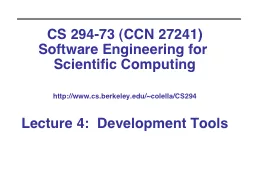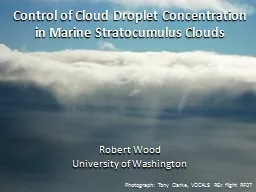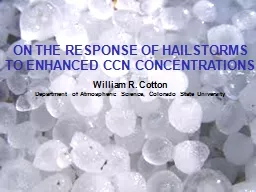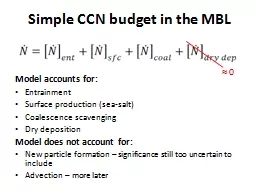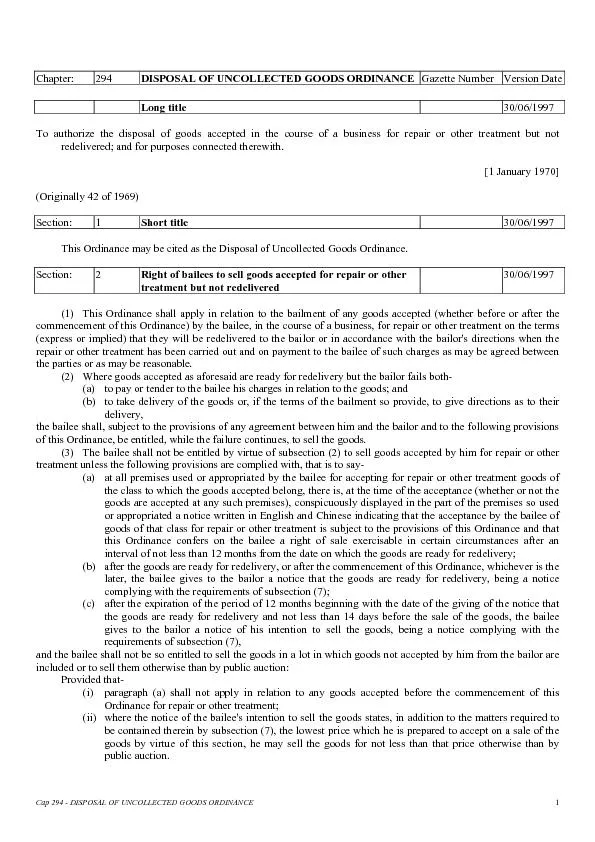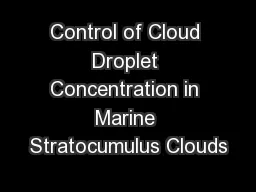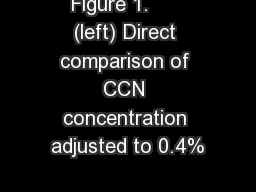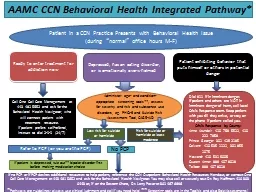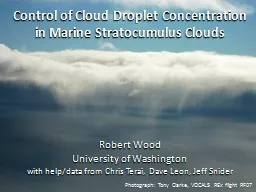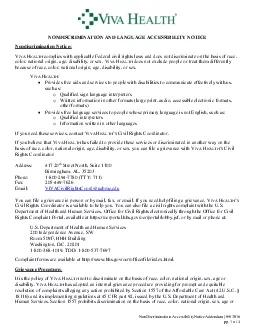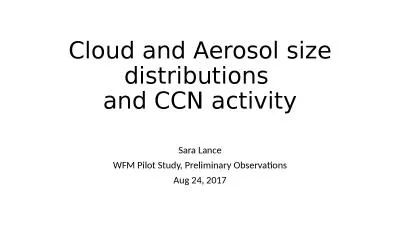PPT-CS 294-73 (CCN 27241)
Author : luanne-stotts | Published Date : 2015-11-08
Software Engineering for Scientific Computing httpwwwcsberkeleyedu colellaCS294 Lecture 4 Development Tools Revision Control Systems Modern scientific computing
Presentation Embed Code
Download Presentation
Download Presentation The PPT/PDF document "CS 294-73 (CCN 27241)" is the property of its rightful owner. Permission is granted to download and print the materials on this website for personal, non-commercial use only, and to display it on your personal computer provided you do not modify the materials and that you retain all copyright notices contained in the materials. By downloading content from our website, you accept the terms of this agreement.
CS 294-73 (CCN 27241): Transcript
Download Rules Of Document
"CS 294-73 (CCN 27241)"The content belongs to its owner. You may download and print it for personal use, without modification, and keep all copyright notices. By downloading, you agree to these terms.
Related Documents

